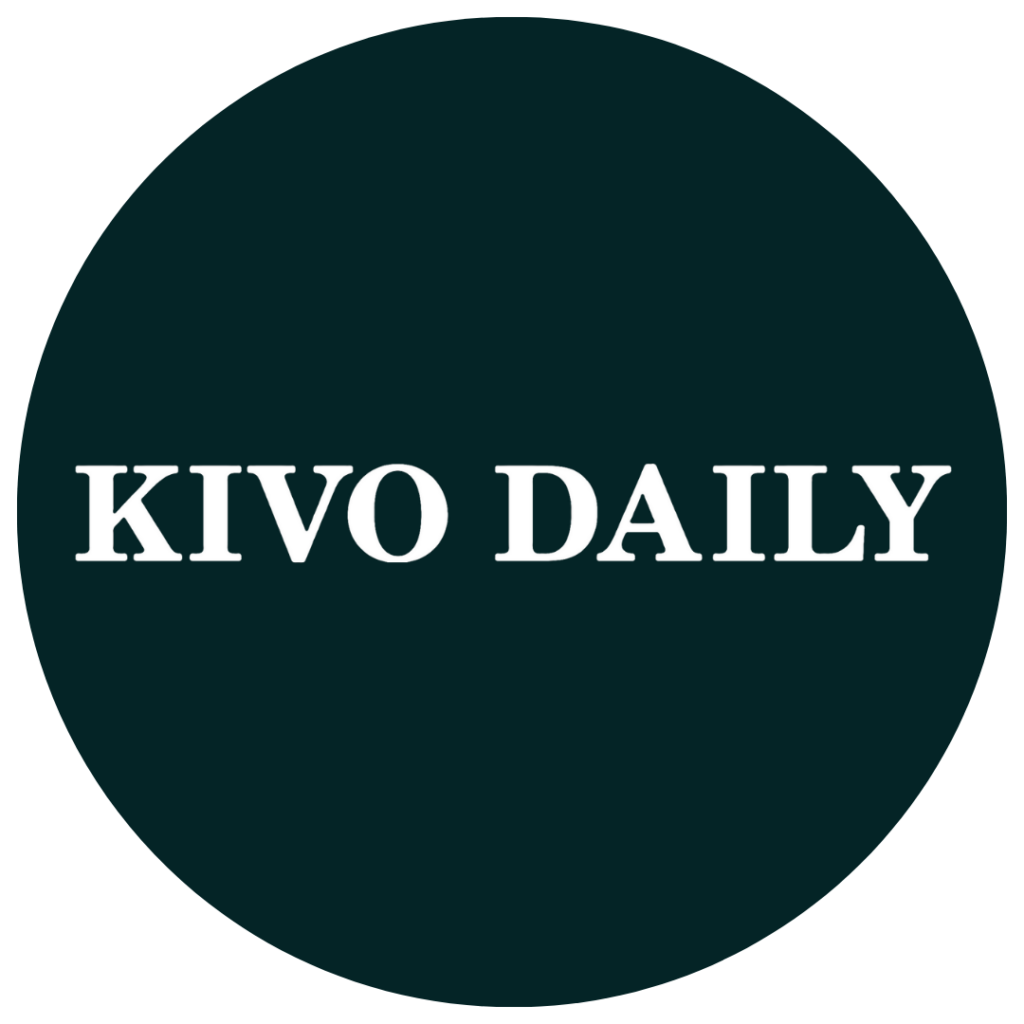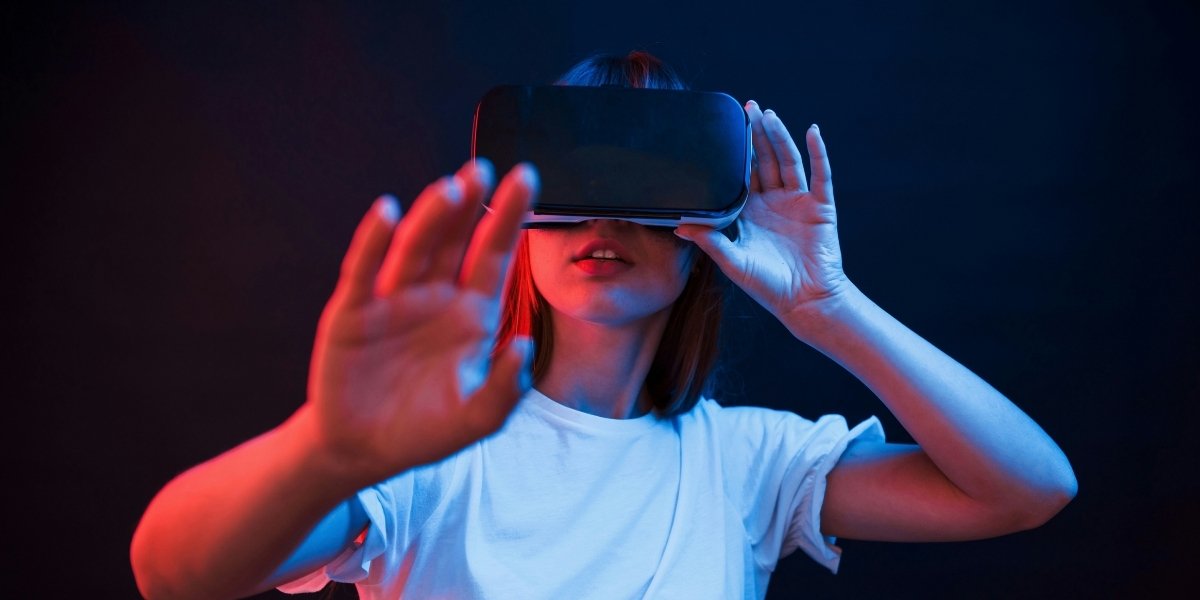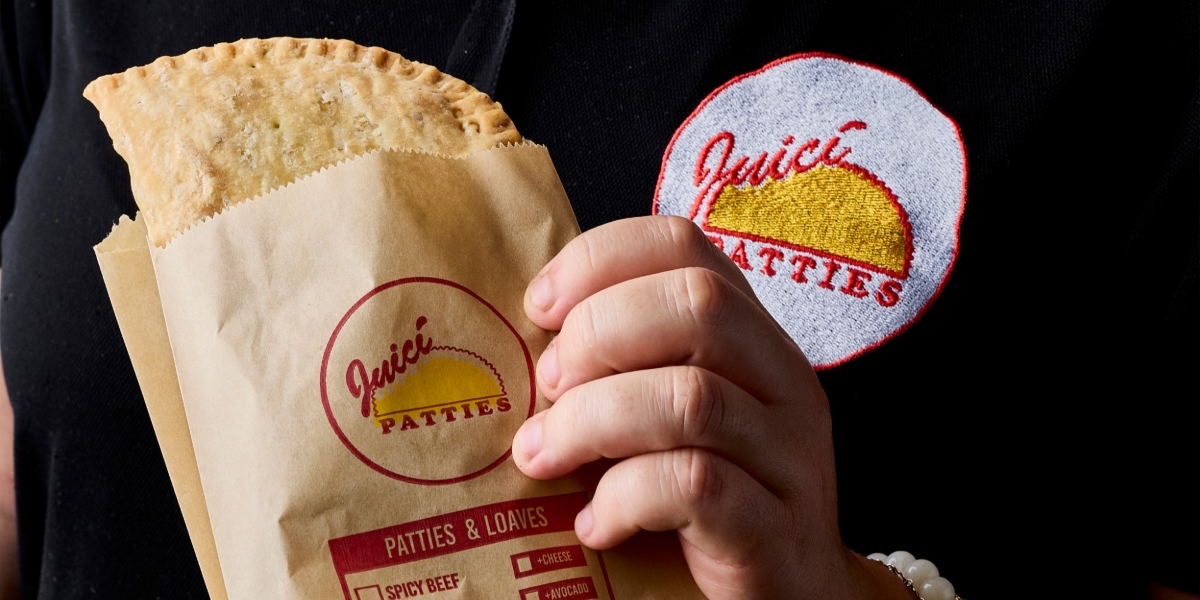Logo designs are often the first visual handshake between a startup and its audience. They’re not just decorative, they’re strategic. For founders navigating early growth, a logo can be the difference between being remembered or overlooked. It’s the mark that shows up on pitch decks, packaging, app icons, and social feeds. And in a crowded market, it needs to do more than look good, it needs to work hard.
Startups that treat logo design as a brand-building tool, not just a creative task, are seeing stronger engagement and faster recognition. The best logos don’t just represent a company, they reflect its values, tone, and ambition.
Why Logo Designs Matter More Than Ever
In a digital-first world, logo designs are everywhere. They scale across screens, animate in motion, and live in both high-res and low-bandwidth environments. That means they need to be flexible, legible, and emotionally resonant.
Founders are recognizing that a logo isn’t just a visual, it’s a signal. It tells investors the brand is serious. It tells customers the product is trustworthy. And it tells competitors the company is here to stay.
This mindset aligns with broader branding strategies, where visual identity is treated as part of the business infrastructure. As discussed in Kivo’s coverage on creating a unique company logo, a logo is more than a mark, it’s a message.
Design Trends That Are Resonating With Startup Audiences
Minimalism continues to dominate, but it’s evolving. Today’s minimalist logo designs are less about stripping things down and more about intentional restraint. Startups are leaning into bold typography, geometric shapes, and subtle motion to create logos that feel modern without being sterile.
Color is playing a bigger role, too. Founders are choosing palettes that reflect personality, earth tones for sustainability, neons for tech-forward energy, muted gradients for calm authority. These choices aren’t random; they’re rooted in how the brand wants to be perceived.
Typography is another area where startups are getting smarter. Custom wordmarks, ligature tweaks, and unexpected kerning are helping brands stand out without relying on icons. In some cases, the type itself becomes the logo, especially when paired with a strong name.
These trends aren’t just aesthetic, they’re functional. Logos need to perform across app icons, social headers, packaging, and pitch decks. The best designs are built with that flexibility in mind.
How Founders Are Collaborating With Designers Differently
The founder-designer relationship is shifting. Instead of handing off a brief and waiting for options, many startup teams are co-creating logos through iterative sprints, brand workshops, and even live design sessions. This collaborative approach leads to stronger outcomes, and fewer redesigns down the line.
Some founders are also bringing in brand strategists early in the process to align visual identity with business goals. That alignment helps avoid disconnects between how the brand looks and how it behaves.
Others are using design as a way to differentiate in saturated markets. In sectors like AI, fintech, and logistics, where product features often sound similar, logo designs are becoming a key way to stand out. A distinctive mark can make the difference between being remembered and being overlooked.
This thinking mirrors broader shifts in how startups are approaching visual storytelling. As explored in Kivo’s piece on precision in color grading, design choices are increasingly tied to emotional impact and brand clarity.
What Makes a Logo Memorable in a Noisy Market
Memorability isn’t about being loud, it’s about being distinct. The most effective logo designs tend to have a few things in common:
- They’re simple enough to be recognized at a glance
- They’re flexible enough to work across formats
- They’re rooted in the brand’s story or values
- They avoid trends that will age poorly
Startups that prioritize these qualities are more likely to build logos that last. That longevity matters, especially in industries where rebrands can signal instability or confusion.
It’s also worth noting that memorability doesn’t always mean uniqueness. Sometimes, a logo stands out because it feels familiar, but with a twist. That balance between novelty and recognition is where great design lives.
The Role of Logo Design in Investor and Customer Trust
Investors may not fund a startup because of its logo, but they’ll notice if it’s off. A logo that feels amateurish or inconsistent can raise questions about execution, attention to detail, and market readiness. On the flip side, a polished, thoughtful logo can reinforce confidence in the team’s vision.
Customers respond similarly. A logo is often the first thing they see on a landing page, product label, or social ad. If it feels aligned with their values, they’re more likely to engage. If it feels disconnected, they may bounce before reading a single line of copy.
This is especially true in sectors where trust is fragile, healthtech, finance, sustainability. In these spaces, logo designs aren’t just visual, they’re emotional. They help set the tone for the entire relationship.
Designing for Scale: What Startups Should Plan For
A logo that works at launch might not work at Series B. Startups need to think ahead, about how the logo will evolve, how it will animate, how it will live on physical products or in international markets.
That means building a design system, not just a logo file. It means thinking about sub-brands, iconography, and motion. It also means documenting usage guidelines so that as the team grows, the brand stays consistent.
Some founders are even testing logo variations in different markets to see what resonates. Others are using early customer feedback to refine visual identity before a full rollout. These practices reflect a more agile, data-informed approach to branding, one that treats design as a living asset.










